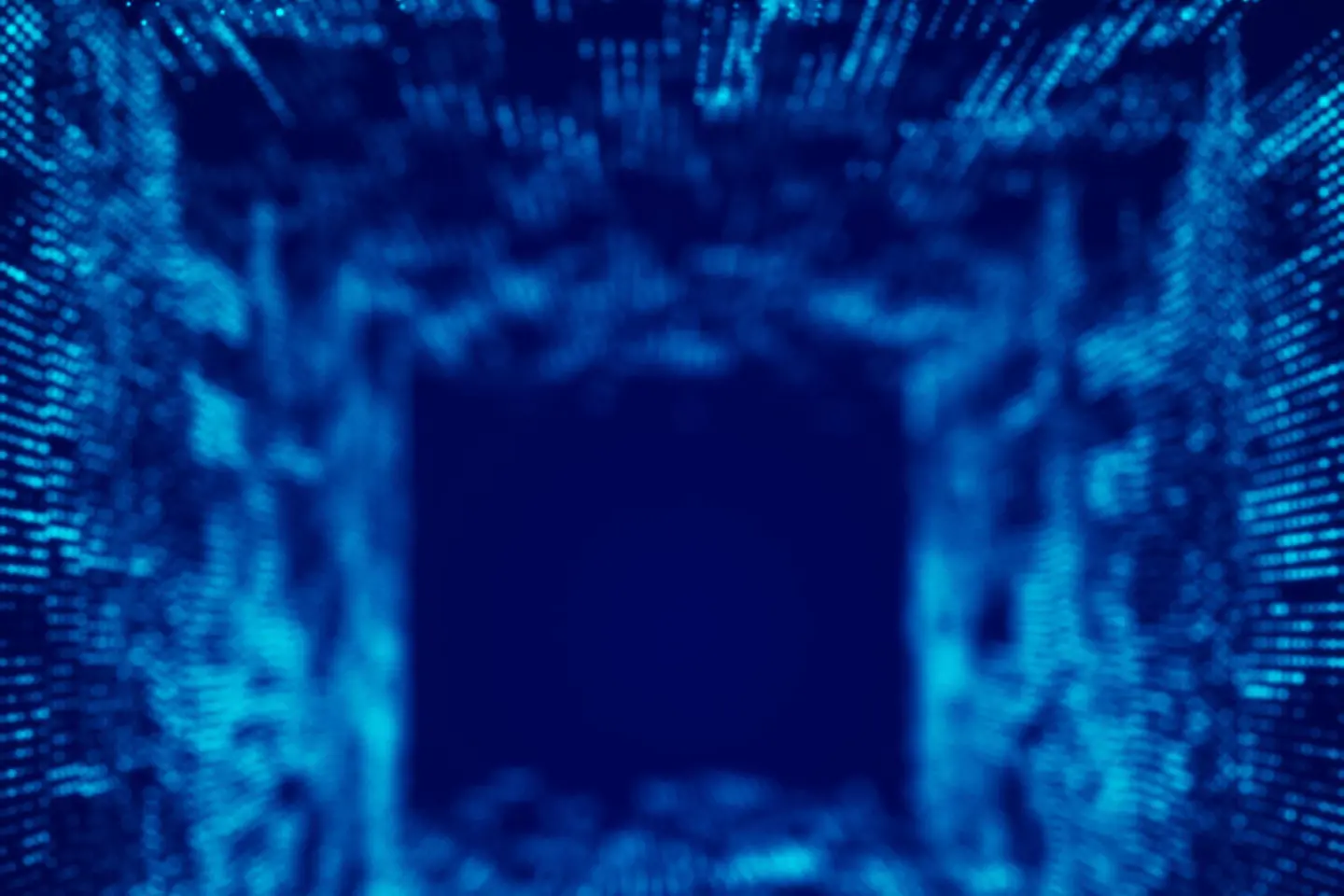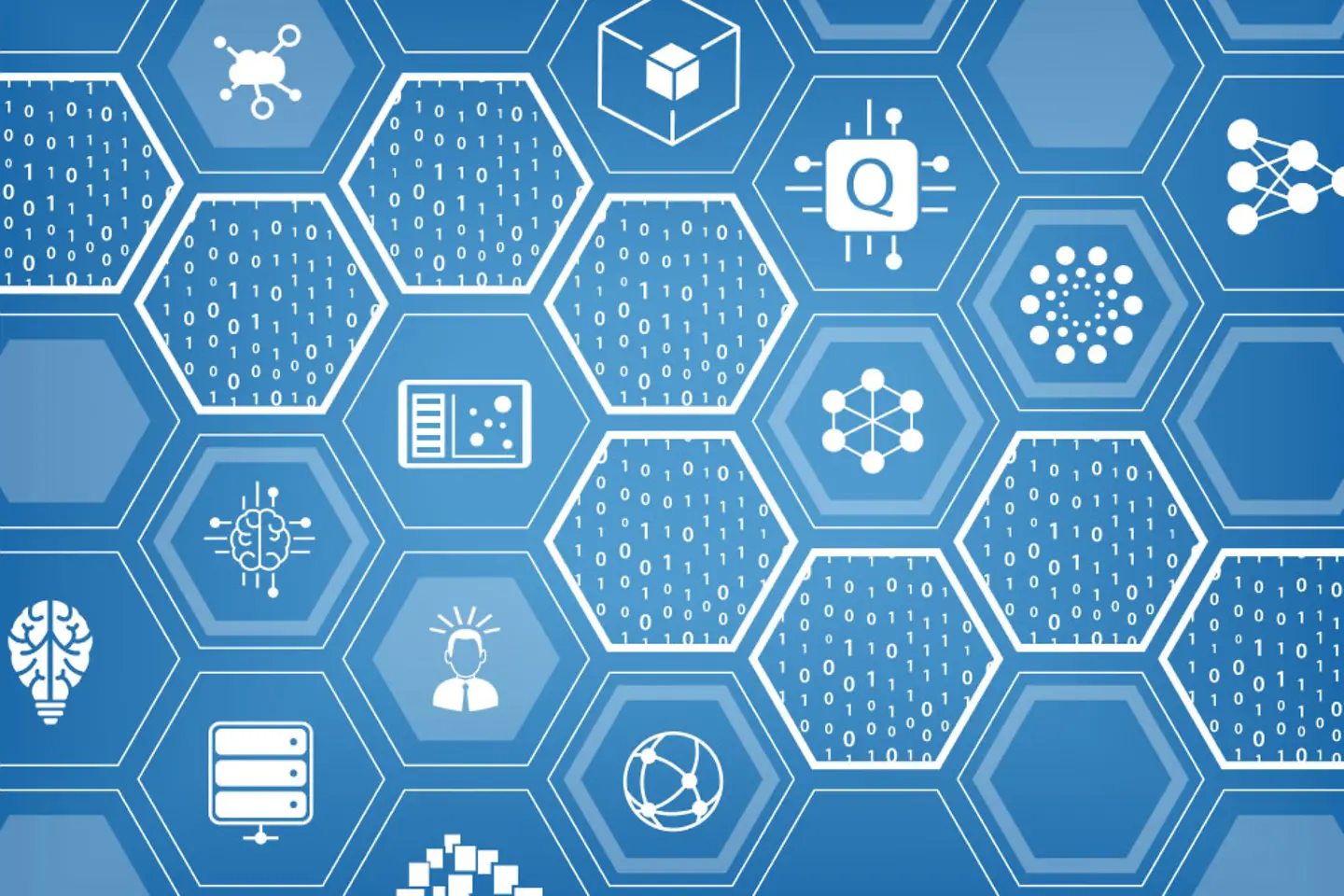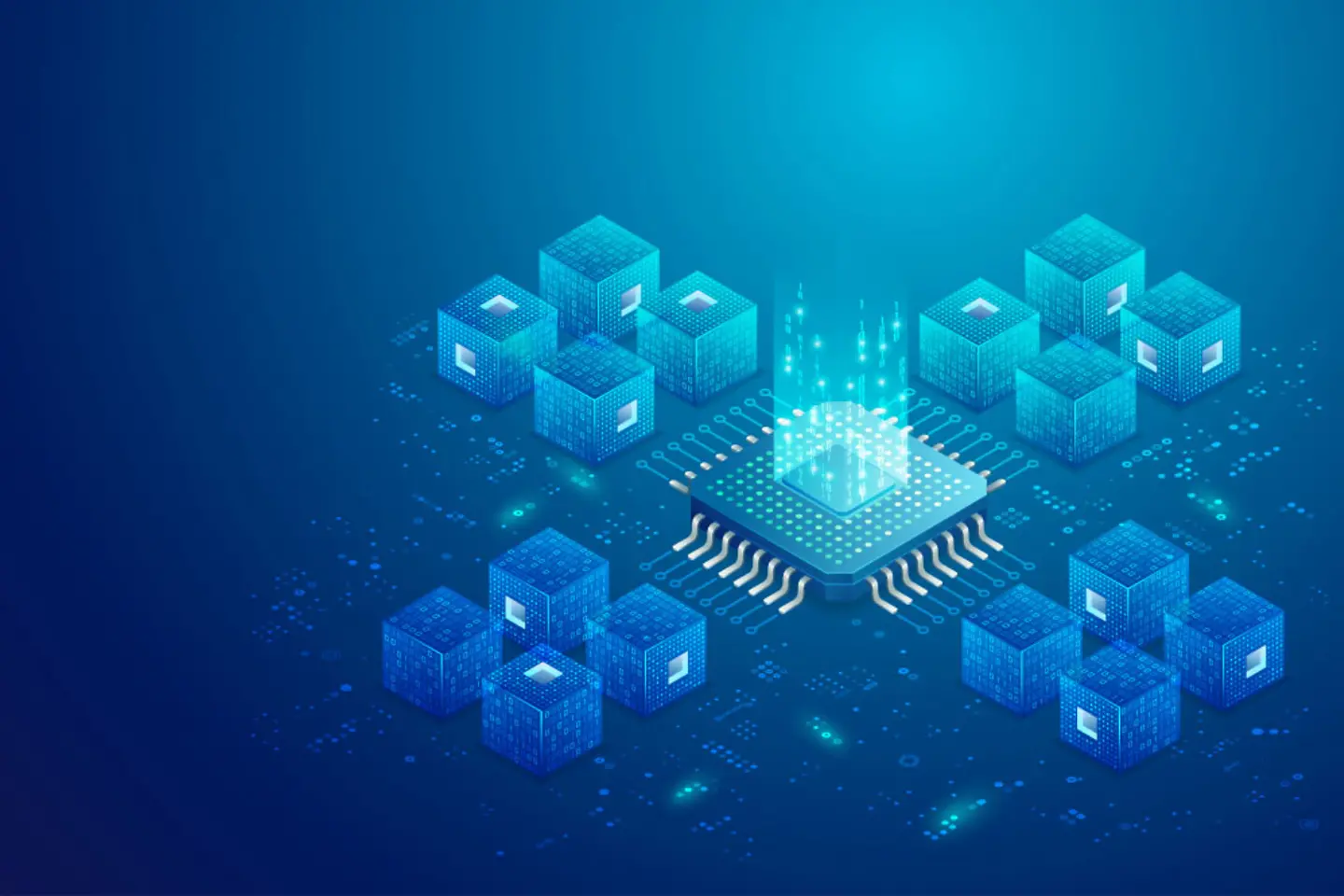
In 2020, the global market volume for quantum computing was at a good USD 400 million. According to analysts from IDC, sales are expected to rise to USD 8.6 billion by 2027. But it will take some time before quantum computers leave the lab environment behind and support specific business applications in companies. Our blog article shows what characterizes quantum computing and what challenges are associated with it.

Presently, classic computers use bits – a current of electrical or optical impulses which represent ones and zeros. From Tweets and emails to Netflix streams, the digital data largely consist of long strings of these binary numbers. Quantum computing, in contrast, works with what are known as quantum bits (in short: qubits) which are made using ions or subatomic particles such as electrons or photons. For example, they can represent the states "0" or "1" through the direction of the angular momentum (spin) of an electron or the direction of the oscillations of a photon (polarization).
Qubits have a decisive advantage: on a subatomic level, quantum mechanical effects take place which Albert Einstein once referred to as spooky – superposition and entanglement. They enable an interrelated group of qubits to generate far more computing power than the same number of bits. But what exactly are superposition and entanglement?
What is superposition?
Superposition is described as the ability of a quantum system to exist in several states at once until it is measured. Seen in physical terms, an electron, for example, which is used as a qubit, can exist in a quantum computer in the states of "spin up" or "spin down". Its magnetic south pole then faces up or down and represents the states of "1" or "0" correspondingly.
But if the electron is in a superposition, it can be in both a "spin up" and "spin down" state, thus representing the states of 0 and 1 at once. Only once it has been measured does it leave the superposition and take on one or other position. Similar to the toss of a coin – while it is in the air, the result could be heads or tails. Only once it stops do we see the result.
If the algorithms are correctly set up, it is possible to effectively utilize the power of superpositions. Thanks to this counterintuitive phenomenon, a quantum computer with several qubits is able to calculate a large number of possible results at once. The end result of a calculation is only generated if the qubits are being measured, making their quantum state immediately collapse into 1 or 0.

Multiple qubits can be "entangled". This means that their quantum states are dependent on one another. If the state of one qubit changes, then the state of the others changes too. What is surprising about this is that it continues to happen, even if the qubits are separated from one another by very large distances. There has so far been no conclusive explanation as to how or why this entanglement works. But it is one of the keys to the performance of quantum computers. For example, the entanglement can be used for superdense coding in which two bits of classical information can be transmitted via a single entangled qubit.
The big challenge for quantum computing is that qubits are extremely unstable. They interact with their environment, which allows them to spontaneously change their quantum mechanical state. The smallest shocks or changes in temperature – disturbances which are described as noise in quantum language – can lead to qubits dropping out of the superposition before they have fulfilled their task. This is why quantum processors generally work at temperatures close to absolute zero and are shielded from environmental influences by shock absorbers and vacuum chambers as best they can be.
What is the difference between this and supercomputing?
Quantum computing can perform complex calculations where classic high performance computing (HPC) or supercomputing is at the limits of its capabilities. Supercomputers are big clusters which combine the computing power of thousands of processors like CPUs or GPUs. But they are either unable to solve mathematical problems with a very large number of possible solutions or can only do so very slowly. Combinatorial optimization problems are an example of this. These problems concern the task of selecting the most efficient task from a large number of options. Such as the "problem of the traveling salesman": which route is the shortest if he needs to visit several cities? At first glance, the solution looks simple. But the big challenge is the large number of possible routes. It becomes bigger, the more cities the salesman plans to visit. For three cities there are only two possible travel options – but for ten the number is already 362,880. For 50 cities and over the calculation is so complex that it can no longer be solved even with a supercomputer.
Possible areas of application
Optimization tasks of this kind appear, for example, in the field of investments when preparing portfolios. They can overburden today's supercomputers – first because their working memory is not large enough to take on the countless possibilities. Second, because they work in series or with limited parallelism and ultimately need to try out all options in series to reach a result. Quantum computers, in contrast, have the potential to process all possible solutions simultaneously. In addition to these optimization tasks they are perfect for search queries in very large data volumes or for developing new materials and medication. Feasible areas of application also include simulations for natural and engineering sciences, cryptography, artificial intelligence, and machine learning.
But no miracle machines (yet)?
The media like to describe quantum computers as true miracle machines which calculate the properties of molecules or which are able to crack coding in a matter of seconds. Today's quantum computers really don't get close to these capabilities. As a rule of thumb, the industry reckons that around a million qubits would be required for this. However, the quantum computers of today contain only a fraction of this capacity – too little to produce anything amazing.
The quantum computer presented by IBM in November 2021, named Eagle, works with 127 qubits. In the roadmaps for developing its models, the US manufacturer announced that it has plans to build a computer with 1,000 qubits by 2023. In January 2022, in the Jülich research center, a special quantum computer was launched with more than 5,000 qubits.
Open Telekom Cloud: A bridge to quantum physics
Even though research is operating at full speed, the commercial use of quantum computers is still in its infancy. In order to securely bridge the gap between traditional IT and quantum physics in the future, the cloud is thrown into the spotlight. T-Systems is currently implementing a cloud-based software for quantum simulation: it behaves like a quantum computer but is significantly cheaper. The Open Telekom Cloud serves as a high-performance, sovereign, and secure cloud infrastructure and as data storage. One thing can be predicted: quantum computers, which are highly specialized, will initially rely heavily on traditional IT infrastructures. Using a gateway for high performance computing (HPC) and numerous clients from research, with the Open Telekom Cloud, T-Systems brings along important experience in this area.